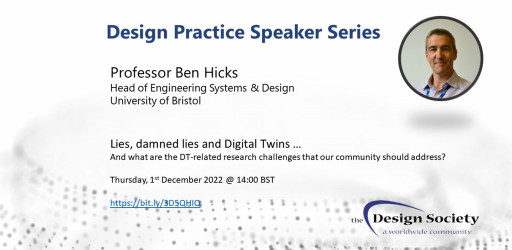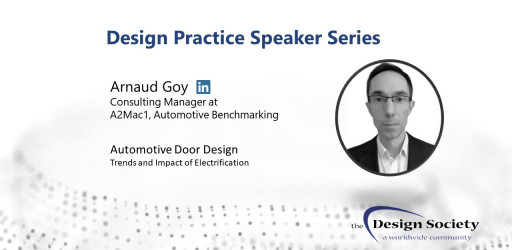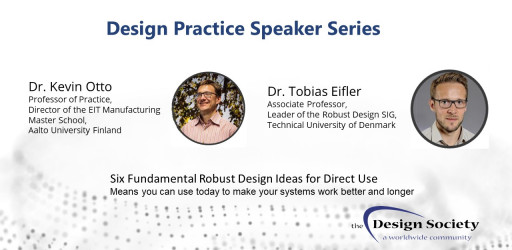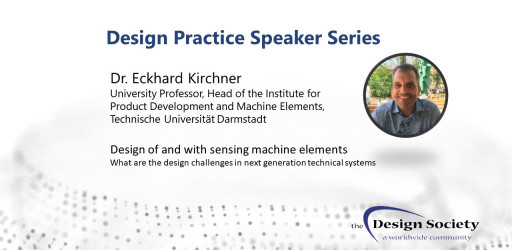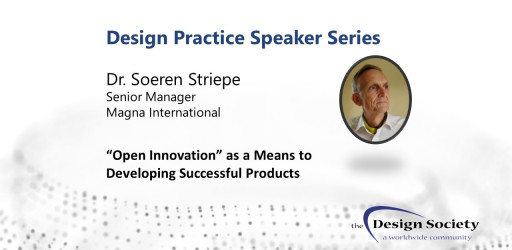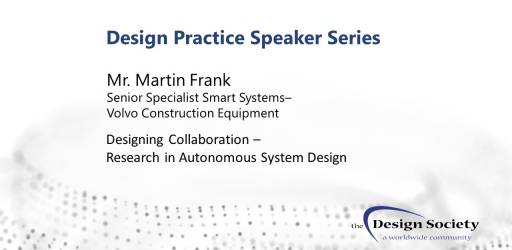Broadbent, J.; Cross, N. // 2002
We examine changes in design practice during the industrial and information ages from an evolutionary systems perspective. We conclude that: design practice and education have scarcely tapped the ...
Andreasen, M. M.; Wognum, N.; McAloone, T. // 2002
The aim is the creation of a design typology, which can serve as identification of design types and design research contributions. A typology has been proposed earlier and here clarified. It consists ...
Stadler, C.; Hosnedl, S. // 2002
Modular Function Deployment (MFD) is a method, which is based on the well-known Quality Function Deployment (QFD) method. The QFD is more and more used because of its orientation on customer ...
Baillie, L.; Benyon, D. R. // 2002
This paper presents A new method which involves users in the home in the design process. It is common to involve users in requirements generation, but rarely in product inception or design. With ...
Lindemann, U. // 2002
The focus of this paper is based on an engineer's view on working methods in design and development. Authors have described basic methods like TOTE, elementary methods like 'compare', ...
Balic, M.; Berndtsson, J.; Ottersten, I.; Aldman, M. // 2002
This paper describe a practitioner’s tool called Goal Cards. The aim is to bridge the gap between the expected business values when investing in the product and the actual design of the product. ...
Rohatynski, R.; Kielec, R.; Sasiadek, M. // 2002
Culley, S. J.; Allen, R. D.; Hicks, B. J. // 2002
To achieve success companies must minimise time to market and possess the ability to make fully informed decisions at the early phase of the design process. Such decisions may include the choice of ...
Svensson, D.; Crnkovic, I. // 2002
Software (SW) is an increasingly important part of many types of products. Companies designing and producing mechanical and hardware products have problems integrating the mechanics and hardware ...
Smith, S. L.; Mockford, R. A.; Young, R. A. // 2002
The multi-phase research programme ‘Integrated Design in the Operating Room’ aims to improve the integration and usability of operating room equipment. This paper focuses on a review and analysis of ...
Longmuß, J. // 2002
The principle of Simultaneous Engineering (SE) has generally reached its limits. Today the issue of process security is central in product development. Therefore enterprises will have to work out a ...
Ertsen, M. W. // 2002
Engineering practice employs design teams. In an experiential learning process the separate learning cycles of team members are linked. Capable designers have to be trained at universities. The paper ...
Ulaga, S.; Tašner, B.; Belšak, A.; Flašker, J. // 2002
Consideration of maintainability and reliability in the gearbox design process is explained and some examples are presented. Gearboxes are divided into three categories: maintenance-free, minor ...
López-Mesa, B.; Thompson, G.; Williander, M. // 2002
Potentially, the numerous design methods generated for decades have much to offer in the complex multi-objective product design activity. However, the number of methods used in industry is relatively ...
Rosemann, B.; Meerkamm, H. // 2002
Innovative products are the base capacity for industrial manufacturers and traders to compete in fast changing markets and are consequently the foundation of our social welfare. In opposition to ...
Pavkovic, N.; Bojcetic, N.; Marjanovic, D. // 2002
The aim of this paper is to consider criteria for classifying the relations in engineering data structures. Some methods of modelling the network of relationships in the object-oriented environment ...
Sener, B.; Vergeest, J. S. M.; Akar, E. // 2002
The aim of this paper is to add to the debate through the findings of two discrete ongoing research projects, carried out in the Netherlands and in England, following these common aims: to explore ...
Vroom, R. W.; van Haarlem, L. F.; Ootes, F. P. A. // 2002
We investigated the initiatives on the development of designer’s toolkits by a literature search. To categorize the tools for the different design phases we use a design model. Also an historical ...
Michialino, P.; Cowdroy, R. // 2002
This paper provides an outline of a study of the development of new strategies for an integrated process for the design of public space using participative laboratories. The laboratories involved ...
Kristensen, K.; Hildre, H. P.; Sivertsen, O. I.; Fyhn, H.; Storler, K. // 2002
Engineering designers utilize and depend on both their physical surroundings and different technology-based generic and engineering-specific tools, in order to be effective. Hence, they “orchestrate” ...
Korpela, T. // 2002
Product modelling help the designer to communicate about the design problem with his/her colleagues. Models help also the designer to understand entirely the problem to be solved. Aims of the ...
Ucelli, G.; Conti, G.; Petric, J.; Maver, T. W. // 2002
The JCAD-VR framework is implemented to anticipate the use of VR within the creation phase of the design process. It creates simple parametric 3D-shapes directly in a co-edit VR environment, thus ...
Leclercq, P. P.; Locus, M. E. // 2002
This article describes one of the research studies carried out by LEMA, the Laboratory for the Study of Architectural Methodology, on the representation of the design process in architectural design. ...
Khumomotse, S. M.; M'Rithaa, M. K. // 2002
There is substantial consensus among today’s manufacturers that integration between design and manufacturing is a prerequisite for competing in a global economy. Whereas industry is often responsive ...

